John Ostrander Reviews the Suicide Squad!
Warning! Danger! Spoilers! I saw the movie, I’m going to talk about the movie, there may be some plot spillage. Yadda yadda yadda.
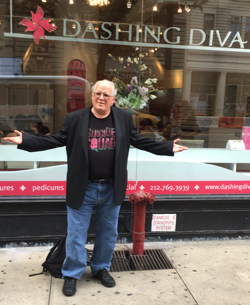 As we start, I think you should know my biases. I think you should know any critics’ bias. Myself, I use them mostly as consumer reporters. If I find a critic whose tastes largely coincide with mine, I tend to trust them more. The late great Roger Ebert was one. Knowing who is giving you their opinion is important; what does their opinion matter if you don’t trust them?
As we start, I think you should know my biases. I think you should know any critics’ bias. Myself, I use them mostly as consumer reporters. If I find a critic whose tastes largely coincide with mine, I tend to trust them more. The late great Roger Ebert was one. Knowing who is giving you their opinion is important; what does their opinion matter if you don’t trust them?
Regarding the Suicide Squad movie, well, I’m biased. I’m prejudiced. I have a vested interest in its success. I want it to succeed. However, if I didn’t like it, I’d be more likely just to keep my trap shut.
My trap is open.
I really liked the film. Not perfect by a long shot, but a really good time in the movie theater. And for me a lot of it was just amazing. The look, the detail, the feel of the film is not something I’ve seen in superhero movies before.
Chief for me were the performances, starting with Viola Davis as Amanda Waller. All the other characters in the Squad, both the comic and the movie, were created by others. In the comic especially I would re-define and expand on them but they were established characters. Amanda Waller was my creation and Viola Davis embodied her to perfection. I was happy when she was cast, I was delighted when I saw her in the trailers, and I was ecstatic when I saw her in the film. Davis has Amanda’s voice, her look, and her attitude. I was delighted at the after-party when I got a chance to see her face-to-face and tell her how much I enjoyed her performance.
Next up is Margot Robbie as Harley Quinn. She is sexy, innocent, funny, lethal, crazy and dangerous. And she’s a thief – she steals just about every scene she’s in.
Let’s look at Will Smith as Deadshot. Some folks have objected that he’s not my Deadshot. No, he isn’t and that’s just fine by me. My Deadshot was not the character as he had been created or portrayed prior to my appropriating him for the Squad. Gail Simone’s version was not exactly my version either. You don’t expect two actors who play the same character in different versions to be identical so why expect those versions in different stories to be identical? Smith did a great job – intense, cynical, with a weak spot for his daughter (although I thought their last scene together had a disturbing element). Smith is a fine actor and one of the world’s biggest stars; he sure as hell wasn’t slumming here and he made Deadshot his own – which is exactly what he was supposed to do.
Last paragraph, I talked about you wouldn’t expect two actors playing the same character in different stories to give identical performances. That really applies to Jared Leto as the Joker. He crafted an entirely new version of the character from the late Heath Ledger’s portrayal in The Dark Knight. That’s absolutely necessary and it’s a different look. Like Pygmalion, he creates a woman that he can love; in this case, it’s Harley Quinn. If we accept his love for her (and her love for him) as genuine, does that make him less of a sociopath? Ledger’s Joker loved no one except, perhaps, Batman. He’s no less strange or deadly but his entire plotline revolves around being re-united with Harley.
Jay Hernandez has a significant role as Diablo and I would have liked to see more of the character. He has a terrific and horrifying back-story but this is a character who is trying to do good even as (I think) he believes he is beyond redemption.
Likewise, I would have liked to see more of Jai Courtney as Boomerang. As Christopher Walken says of cowbell, you can never have too much Boomerang. He’s very much as I wrote him in the Squad – he knows what he is and he likes it. In that respect, Boomerang is very well adjusted. Which is scary.
There’s a surprising theme running through the movie; there is a lot about love. Joker and Harley’s love, yes; Deadshot’s love for his daughter; Diablo’s love (and guilt and remorse) for his family; Rick Flag (Joel Kinnaman)’s love for June Moone (Cara Delevingne) while June’s alter ego, the Enchantress, appears to love her brother. Katana (Karen Fukuhara) loves her dead husband and carries his soul in her blade (OK, a lot of the relationships are not the healthiest in this film). Even with Amanda there’s a brief phone call and there’s tenderness and love for whoever she’s speaking with. Love shapes and forms a lot of the characters and they, in turn, mold the story.
Are their problems with the film? Sure. The antagonist(s) are not well defined and, to my mind, you need a good antagonist to help define the protagonist(s). It’s the antagonist who usually sets the plot in motion and it is defined by what they want. The story is a little more generic “we have to save the world” than I usually did; I always liked having one foot squarely in reality.
I also liked having a political and/or social edge in my Squad stories. That would also give a greater feel of reality and I don’t see that here.
That said, my artistic DNA is all over the place. This is The Dirty Dozen with supervillains and that’s my concept. They did that and did it well.
I know some of the critics, both in print and online, do not like the movie. That’s okay; everyone has a right to their own opinion even when it’s wrong. My problem is that, at least with some of the media reviews, is that the critic is also tired of superhero and “tentpole” films and, overtly or covertly, would like to see their end. Look, I get it – they have to see all the films out there and they must be tired of all the blockbusters.
If every superhero film is not The Dark Knight, they’ll bitch. I think that’s going on here to a certain degree. Just as I came prepared to love the movie, they came prepared to hate it.
My late wife, Kim Yale, was a movie critic for a while for a small suburban newspaper in the Chicago area and I went with her to some of the movie screenings. Don’t tell me that some of the critics didn’t come with pre-conceived attitudes to some films. I know better. I saw and heard it.
As for some of the online haters – if a film doesn’t fit their pre-conceived notion, it is wrong. Female Ghostbusters, a black Deadshot, Ben Affleck as Batman (Affleck, by the way, does cameos as both Batman and Bruce Wayne in Suicide Squad and is terrific) – these are all sins and must be decried.
Give me a fucking break.
Look, you can be the most important critic on Suicide Squad. In this case, your voice is your money. You decide if you want to see the movie and then go. If you like it, tell others. I guess you could also tell them if you didn’t like it but you don’t have to. I won’t mind.
If the film is financially successful (and, from what I’ve seen as this review is being written, it’s on track for a pretty good opening weekend), then Warners will be encouraged to do a sequel. And I hope they do. They made a good film this time and I believe they’ll do it even better next time around.

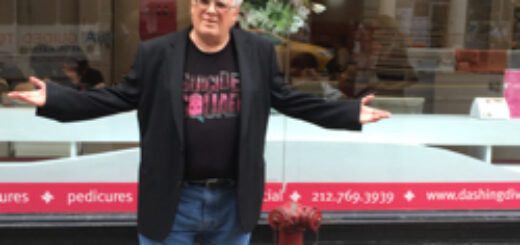
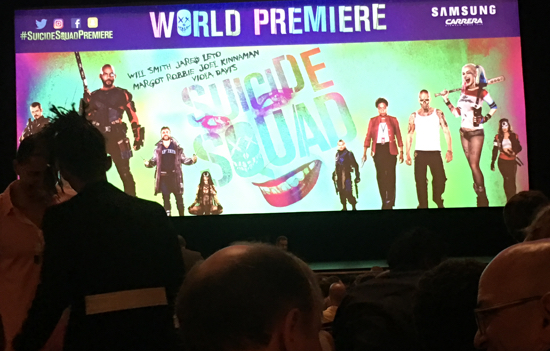
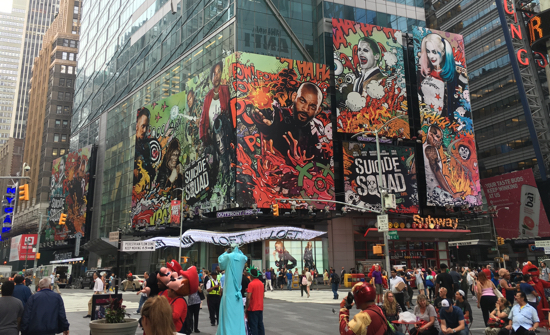



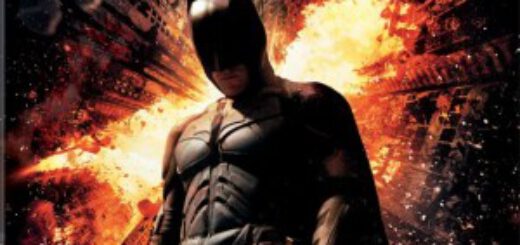
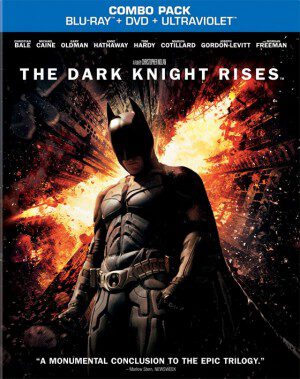

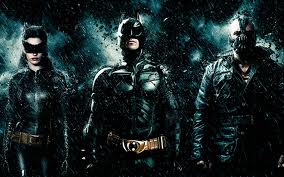






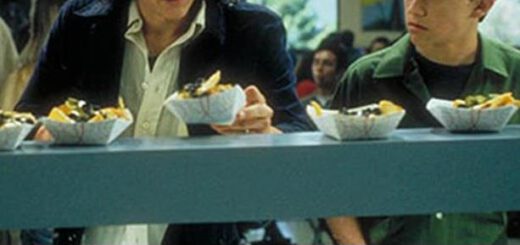
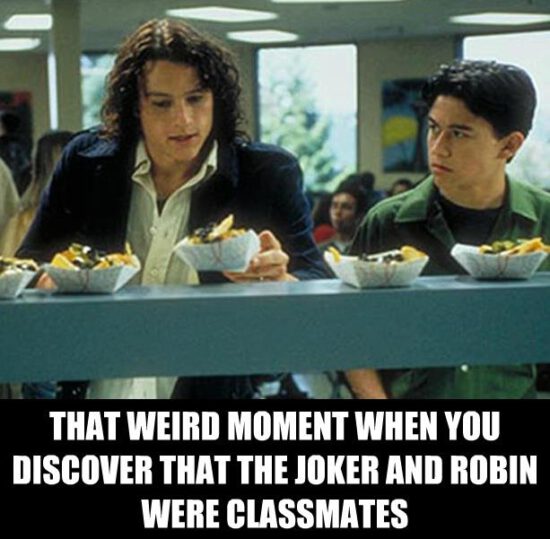
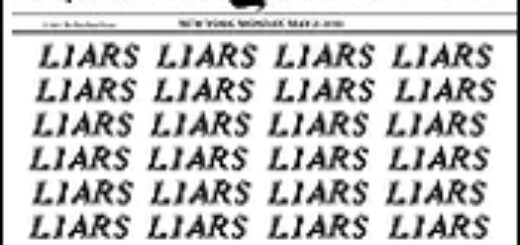
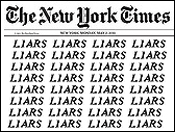

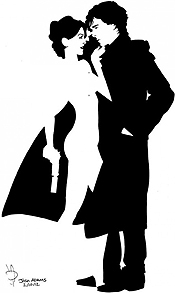
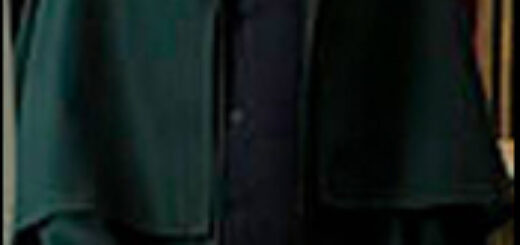
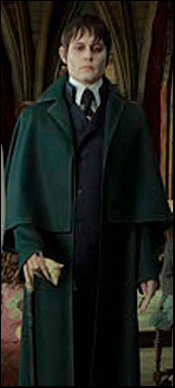
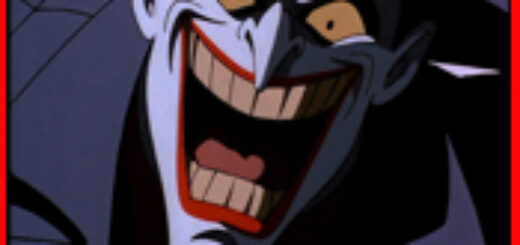
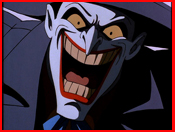

 Yes, it’s official. Heath Ledger wins the Oscar for the Joker. Now I can turn off the show and catch the highlight reel later.
Yes, it’s official. Heath Ledger wins the Oscar for the Joker. Now I can turn off the show and catch the highlight reel later.








